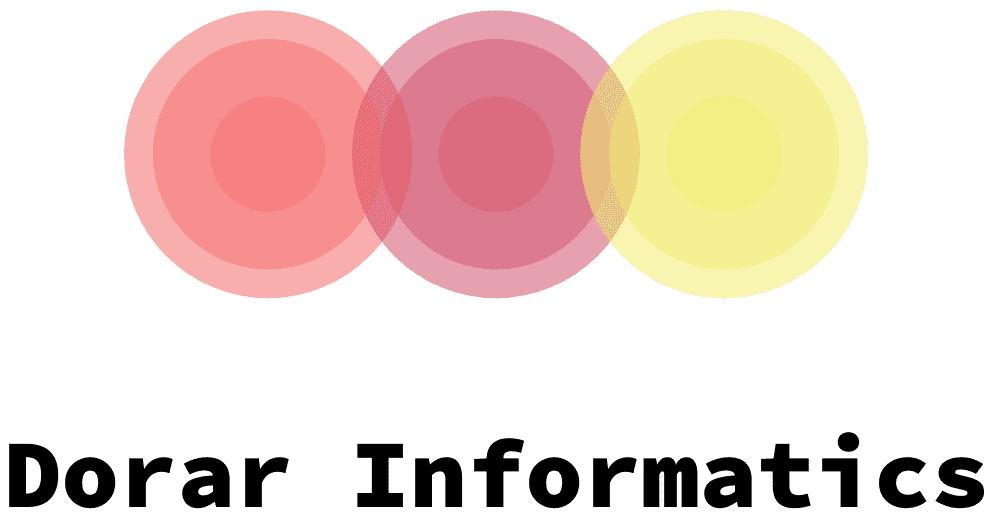If you’re thinking of getting a mortgage, there are several things you should consider. One of the main things you should keep in mind is what interest rate you can get. This is because there are two different rates, a fixed rate and an adjustable rate. A fixed rate is when you pay a certain amount of money each month, and you have to stay at that amount for the entire term of your loan. An adjustable rate, on the other hand, means that your payments can fluctuate, depending on the changes in the interest rate.
Interest rates
When you are looking to purchase a new home, it’s important to pay close attention to the interest rates on mortgages. The higher the rate, the more money you will have to pay for your home. Having a lower rate can help keep your payment to a minimum. The Federal Reserve (Fed) controls the interest rate on mortgages, personal loans, and savings accounts.
One of the most common interest rate benchmarks is the London Interbank Offered Rate, or LIBOR. The interest rate on a 10-year Treasury bond, which is backed by the federal government, can also impact interest rates. However, the actual cost of borrowing is often less than the interest rate.
The Fed raised the federal funds rate last week by 75 basis points. It’s expected to continue raising rates, and mortgage rates will likely follow suit. The rate is a key indicator for the prime rate, which determines the cost of borrowing money for personal and home equity loans.
For the average consumer, a better gauge of interest rates on mortgages is the annual percentage rate, or APR. This is usually a more accurate measure of the cost of borrowing than the interest rate itself, because it takes into account the other costs associated with the loan. For example, a borrower may pay additional fees in order to reduce their interest rate, such as discount points.
Interest rates on mortgages are based on a number of factors, including the federal funds rate, the 10-year Treasury yield, and other market-clearing prices. These are all affected by the state of the economy and the supply and demand of the financial markets. For example, the Fed has been pushing up the rate to curb inflation, and the housing market is cooling off.
The best interest rate on a 30-year fixed rate mortgage should be between 5.35 percent and 5.5 percent in August. The Fed might raise the rate again by mid-year. The 10-year Treasury is considered a risk-free investment, and it has an expected maturity of 10 years.
The best rate on a 15-year fixed rate mortgage should be a bit lower than the average. It should average 4.5 percent, compared to the average of 3.89%. The best rate on an ARM is usually a bit lower than the best rate on a fixed rate.
A good interest rate on a mortgage will allow you to make a reasonable monthly payment for your new home. However, if you have a bad credit score or if you’re buying a house that’s too expensive for your income, you may not be able to get the best rate. Fortunately, you can still take advantage of tax deductions and other benefits of homeownership.
Fixed rate vs adjustable rate
The interest rate you pay for a home loan determines your monthly payment. When the interest rate rises, your monthly payment will increase. But, when it falls, your monthly payment will decrease. If you are considering purchasing a home, you should consider whether a fixed rate mortgage or an adjustable rate mortgage is best for your needs.
The interest rate for a fixed-rate mortgage will remain the same for the duration of your loan. This makes budgeting and planning for repayment easier. You can also expect to receive tax deductions. A fixed-rate mortgage is an excellent option for long-term homeowners. However, an adjustable-rate mortgage can be beneficial for people who plan to move or who want a more flexible loan.
The initial interest rate for an adjustable-rate mortgage (ARM) is lower than the initial interest rate of a fixed-rate mortgage. The rate will then adjust periodically as the market rates fluctuate. For example, a 3.8% 5/1 ARM has a five-year introductory period. The interest rate increases after the introductory period ends.
The disadvantage of an adjustable-rate mortgage is that the rate is not fixed. You may find yourself making a higher monthly payment, or you might see the rate go lower. The initial interest rate can be higher than the rate of a fixed-rate mortgage, so it’s important to calculate the total cost of your loan. The higher your monthly payment, the more you will need to prove to your lender that you can afford it.
If you aren’t sure which type of loan is right for you, contact a professional mortgage advisor. They will help you to compare the different options and decide which one is best for you. They’ll also look at your credit score and your financial situation to see if you qualify for the loan.
An adjustable-rate mortgage (ARM) has a lot of similarities to a fixed-rate mortgage, but it has some key differences. It’s more complicated than a fixed-rate loan, but it can be more beneficial for people who want a flexible loan or who plan to move. It’s also less common than a fixed-rate loan, but more and more homebuyers are choosing it.
The adjustable-rate mortgage can be an ideal option for people who are on a tight budget. They can spread out payments over the life of the loan, which can make homeownership more affordable. But they can also be more complex than a fixed-rate loan, and they come with a lot of risks. The monthly payment might be unpredictable, and you don’t know when you’ll have to make a large principal payment.
You can find information about ARMs on the Federal Reserve’s website. You can also consult with a legal or accounting professional.
Principal
Bank of America, the largest mortgage servicer in the U.S., recently announced that it will trim the principal owed on some mortgages by as much as 30%. According to the company, this move is part of its effort to help homeowners who may be underwater on their loans. The program is available in 44 states and Washington D.C. and is the result of an expansion of a 2008 agreement with 43 Attorney Generals.
The mortgage industry is dominated by banks, but there are many other entities involved. In addition to banks, investors own a disproportionate share of mortgages. This type of mortgage-backed security is highly sensitive to changes in interest rates. One of the reasons that these securities are considered to be a risky investment is the fact that they are backed by the full faith and credit of the lender.
The Home Affordable Modification Program (HAMP) is a Federal program administered by the United States Treasury. In conjunction with this, Bank of America is the first major bank to actually cut the principal owing on some of its mortgages. While the aforementioned program is a boon to distressed homeowners, it does have its limitations. There are a variety of factors that go into determining whether a particular loan qualifies for HAMP. For instance, some loans might not qualify because they are owned by institutional investors, rather than a single homeowner.
The best way to determine if a mortgage is eligible for HAMP is to contact the lender in question. The lender will typically ask for a mortgage appraisal, as well as an inspection of the property. If a lender finds that a home meets the criteria, the lender will then apply for HAMP. The lender will also have to pay a fee in order to process the application. This fee must be refunded if the mortgagor refinances the loan.
The best part about this program is that it is not mandatory. Many homeowners who qualify for it will be eligible to participate. This means that, in some cases, a homeowner can save his house from foreclosure while still making his monthly mortgage payments. The program is designed to assist distressed homeowners who are at least a few months away from foreclosure. It is not clear how many of these homeowners will be able to qualify, but it is clear that the program will provide a helping hand to thousands of homeowners across the country.
Regardless of a homeowner’s situation, it is important to remember that there are many programs in place to help. It is not impossible to find the best deal, and even if you don’t, it is still possible to make your monthly mortgage payment on time.

